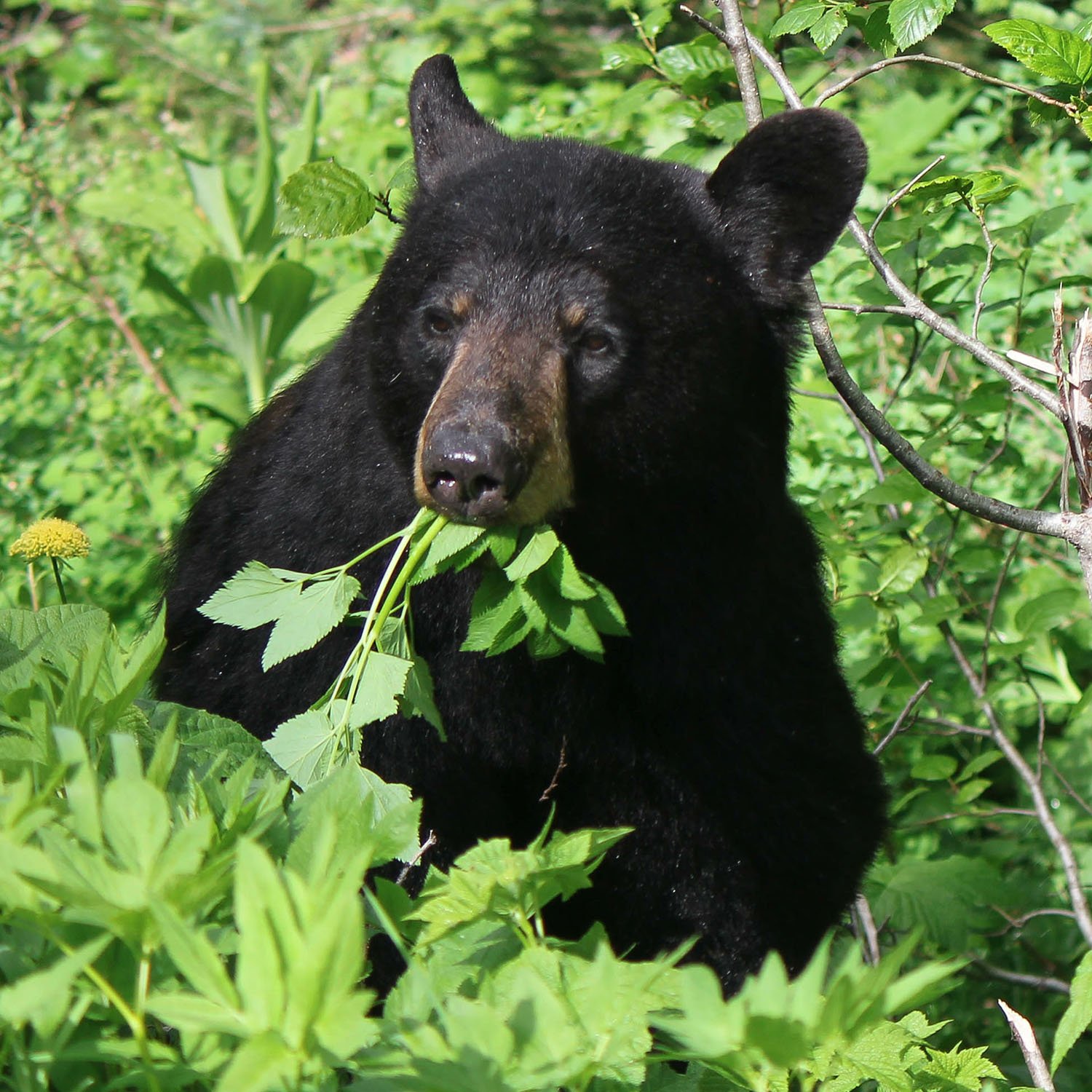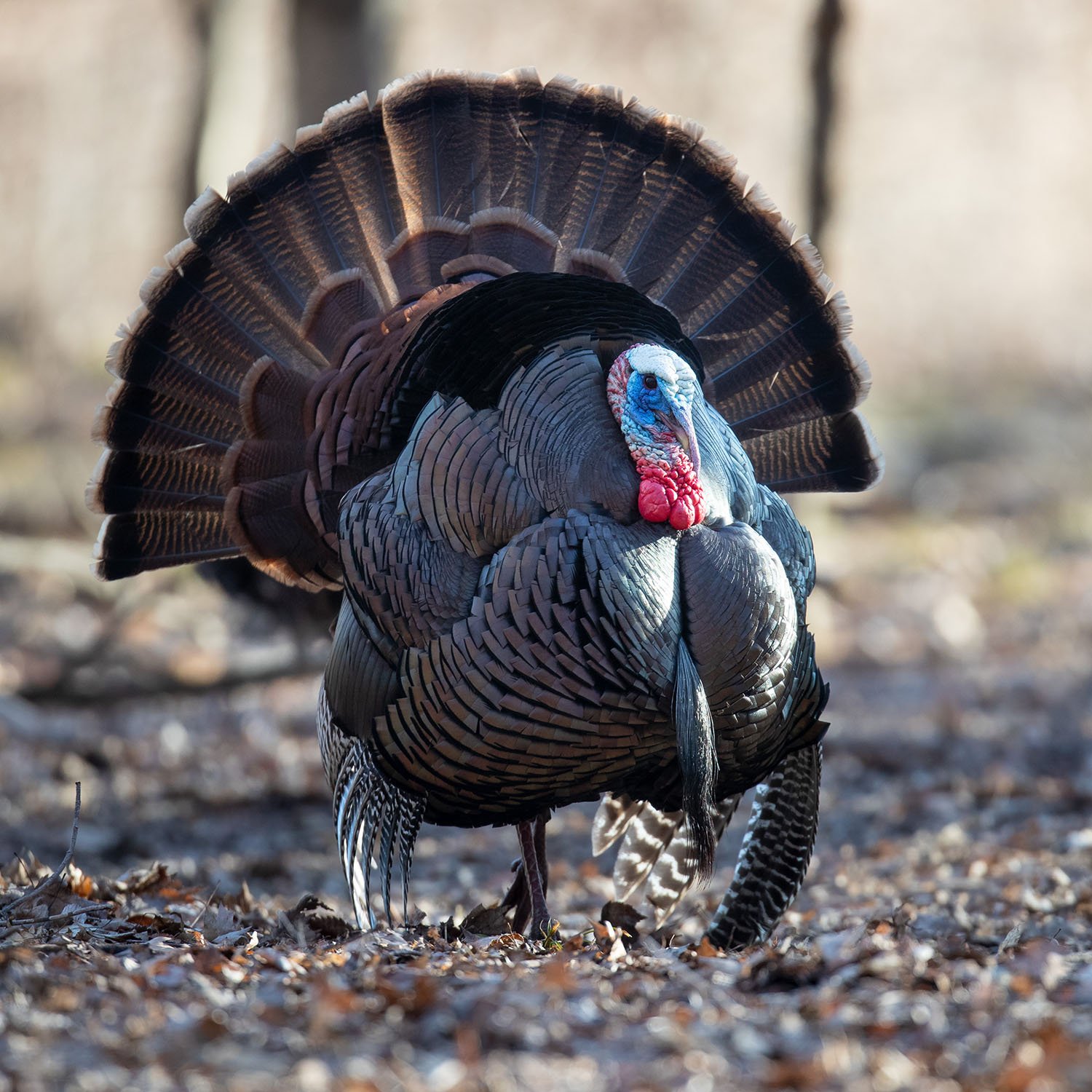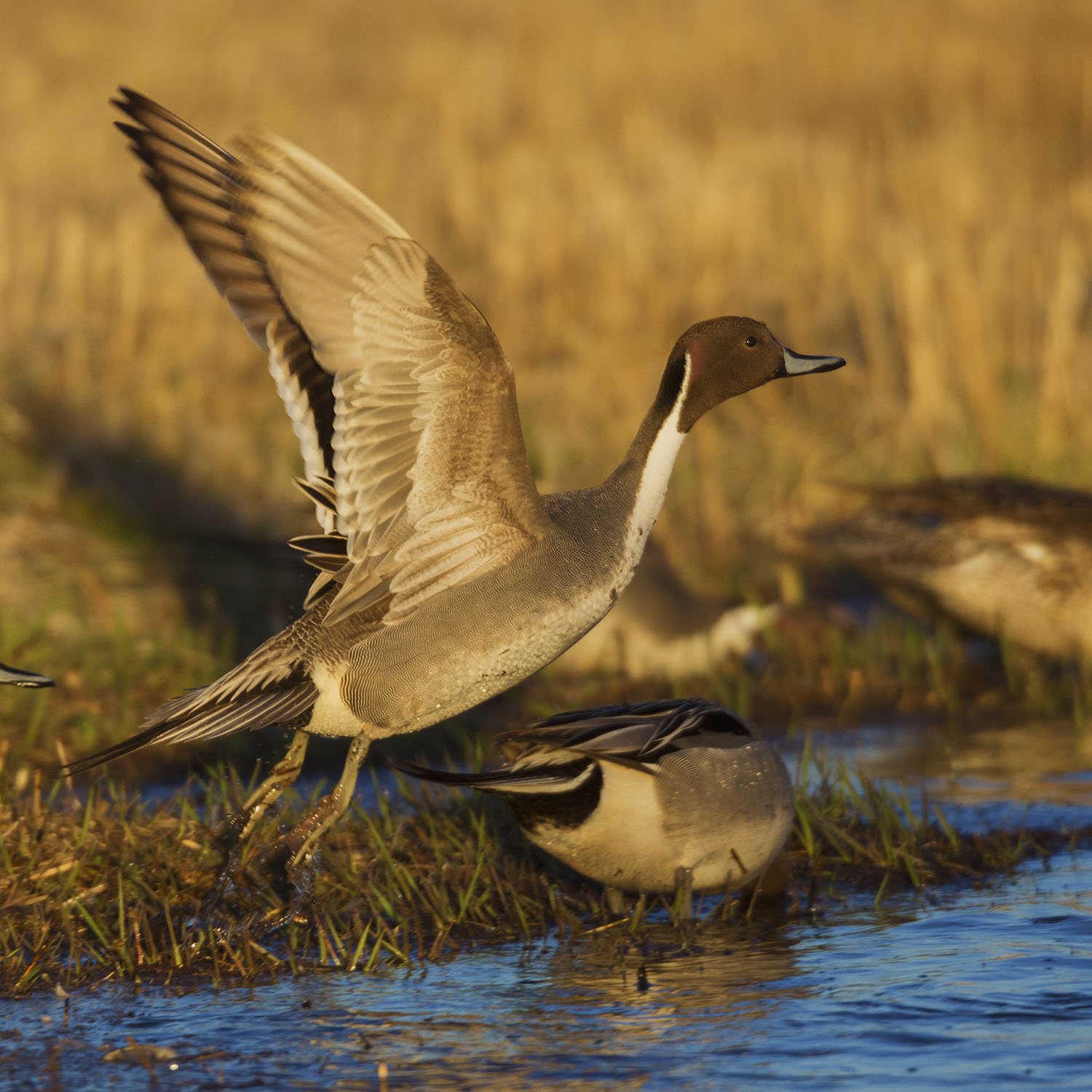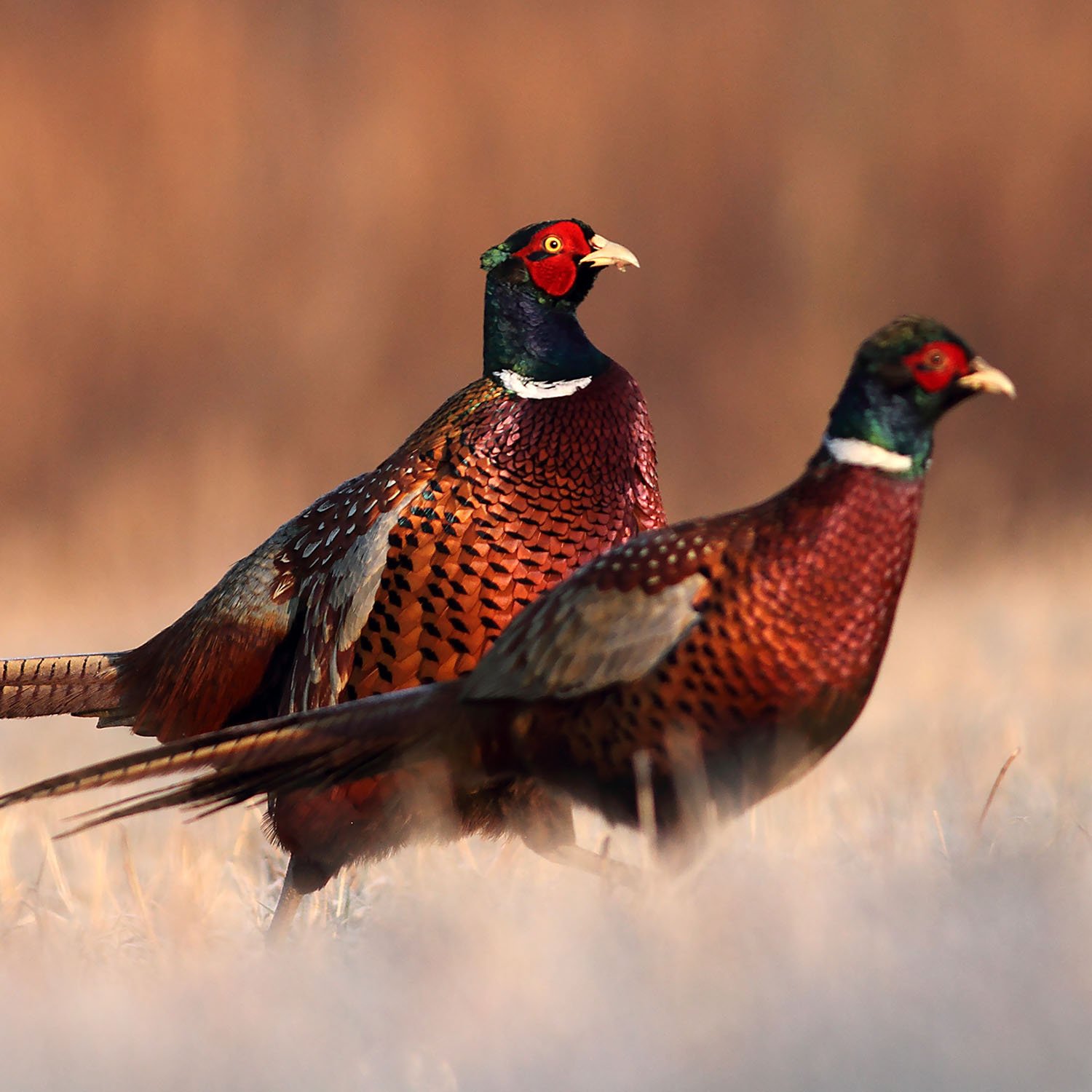Utah Hunting Guide
Utah’s large amount of open land and diverse natural landscape supports significant hunting opportunities. The state is most known for its diverse selection of big game hunting species. Hunting in Utah is permitted on most types of public lands.
What to Hunt
Utah supports a wide variety of species, but the state is particularly notable for its big game hunting.

Deer
In recent years, Utah deer populations have grown significantly. The state currently supports some of the nation’s most significant deer hunting populations. The mule deer is the predominant deer species found in Utah. Deer season generally runs from August through October, and is divided into archery, muzzleloader, and any legal weapon. Hunters can apply separately for general or antlerless deer permits, and permits typically become available in May with drawing results posted in July.

Elk
Elk hunting opportunities can be found throughout almost the entire state of Utah. Parts of the northeast region of the state do not support significant elk populations. Antlerless and bull elk opportunities also exist in Utah. The state does offer some multi-season hunts and limited-entry units. Utah now has three general elk seasons: archery, rifle, and muzzleloader.

Moose
Throughout the north and northeast parts of the state, hunters can find strong moose hunting opportunities. Both antlerless and bull moose hunts exist, but bull moose hunts are significantly more plentiful. Moose tags are given through a lottery system, and can be difficult to acquire.

Black Bear
The east and northeast areas of Utah support black bear hunting. Limited draw permits are available. Some bears wear GPS collars from the Utah Wildlife Division; hunters should avoid harvesting these animals whenever possible. Hunters may use any firearm as long as it cannot be fired fully automatic and does not use a rimfire cartridge. Crossbows may be used with an any legal weapon permit. Hunters may also use archery equipment or airguns if they meet the proper specifications.

Turkey
Utah offers significant turkey hunting opportunities, and is home to Rio Grandes, Merriam's, and Hybrids. Turkey populations are stable or increasing in most areas around Utah. Utah offers several types of turkey permits: limited-entry permits, poaching-reported reward permits, Cooperative Wildlife Management Unit permits, and conservation permits for the spring season; and general season permits for the spring and fall. Utah does not permit hunters to use drones while scouting or hunting protected wildlife.

Waterfowl
Utah presents some of the nation’s most significant duck hunting opportunities. A variety of duck species can be found in the area surrounding the Salt Lake. Other popular duck hunting areas in the state include Farmington Bay, Ogden Bay, and Bear River. Hunters may also pursue sandhill crane, sharp-tailed grouse, white-tailed ptarmigan, and more.

Pheasant
Pheasant hunting is popular throughout Utah, but populations vary depending on region. Private land in Box Elder County holds the most significant pheasant density. Northern Utah also supports moderate pheasant populations. Pheasants are released throughout Utah based on the allotment of hunters throughout the states. Typically, more pheasants are released closer to larger cities. There is a bag limit of two roosters per day, with a possession limit of six roosters.
Other Utah game species include: Pronghorn, Bison, Moose, Bighorn, Rocky Mountain Bighorn, Mountain Goat, Prairie Dog, Dusky and Ruffed Grouse, Sharp Tailed Grouse, Ptarmigan, Chukar, Gray Partridge, Sandhill Crane, Quail, Cottontail Rabbit, Jackrabbit, Snowshoe Hare, Band-tailed-Pigeon, Collared-dove, Mourning Dove and Cougar.
Where to Hunt
Utah offers a variety of land available to hunters. These areas can be found all across the state, though individual areas may be subject to their own restrictions and regulations.
Wildlife Management Areas
Many Wildlife Management Areas (WMAs) exist throughout Utah. These are designed and maintained with consideration for the well-being of select species. Hunting is generally allowed in WMAs.
Walk-in-Access Areas
A Walk-In-Access (WIA) is a location which the state of Utah has leased for hunting, fishing, or outdoor recreational purposes. Landowners enrolled in the WIA program are entitled to monetary compensation from the state.
Bureau of Land Management Areas
The Bureau of Land Management (BLM) has designated 23 million acres for hunting, fishing, and outdoor recreation. Unless specifically noted by the BLM, these areas are open for hunting.
State Parks
There are 23 state parks in Utah open to hunting. The types of game that can be taken in state parks may be subject to restriction. Be sure to check with the appropriate office to familiarize yourself with a state park’s regulations.
Licensing Fees
All hunters in Utah must have a hunting license. The basic hunting license allows the holder to hunt small game, including most waterfowl species and upland game. Additional fees and permits may apply for larger species.
| License | Fee |
|---|---|
| Resident 1-year basic hunting license (age 13 and younger) | $11.00 |
| Resident 1-year basic hunting license (age 13 and younger) | $16.00 |
| Resident 1-year basic hunting license (age 18–64) | $34.00 |
| Resident 1-year basic hunting license (age 65 and older) | $25.00 |
| Resident disabled veteran 1-year hunting license | $25.50 |
| Nonresident 1-year basic hunting license (age 17 and younger) | $29.00 |
| Nonresident 1-year basic hunting license (age 18 and older) | $72.00 |
| Nonresident 3-day small game hunting license (any age) | $42.00 |
| Resident Dedicated Hunter, 3-yr. (age 12–17) | $120.00 |
| Resident Dedicated Hunter, 3-yr. (age 18 and older) | $195.00 |
| Resident furbearer (any age) | $29.00 |
| Nonresident furbearer (any age) | $177.00 |
Hunter Education
Utah requires any hunter born after December 31, 1965 to complete a hunter’s education course prior to obtaining a hunting license. There is no minimum age requirement to attend such a course. The course can be taken online (with an accompanying field day) or in person.
A furbearer course is required for anyone born after Dec. 31, 1984 who wishes to obtain a furbearing license. The course can also be taken online (with an accompanying field day) or in person.
Youth Hunting
Utah presents may hunting opportunities for those age 18 or younger. Throughout the year, youth hunts are designated for a variety of species, including deer, turkey, partridge, and waterfowl. Youths are required to take a hunting education course and obtain a hunting license. There is no minimum age for attending a hunting education course, and junior/youth licenses are available.
In recent years, the Utah legislature has reduced its age restrictions on hunting big game from 14 to 12. Youth under 18 may hunt various other species throughout the year, and permit restrictions are generally lessened for youth hunters.
Trapping
A trapping license is required to kill or take any wildlife by means of a trap in Utah. This license applies to all furbearing species except bobcats and martens. An additional permit is required for both bobcats and martens. These licenses must be carried with the trapper at all times in the field.
Hunting Seasons
| Game | Season Begins | Season Ends |
|---|---|---|
| Deer* | Aug 19 2023 | Jan 15 2024 |
| Elk* | Aug 19 2023 | Jan 15 2024 |
| Pronghorn* | Aug 19 2023 | Nov 15 2023 |
| Bison* | Aug 1 2023 | Jan 31 2024 |
| Moose* | Sep 1 2023 | Nov 15 2023 |
| Bighorn* | Sep 16 2023 | Dec 24 2023 |
| Rocky Mountain Bighorn* | Sep 1 2023 | Dec 10 2023 |
| Mountain Goat* | Sep 9 2023 | Nov 29 2023 |
| Antlerless Deer* | Aug 1 2023 | Dec 31 2023 |
| Antlerless Elk* | Aug 1 2023 | Jan 31 2024 |
| Antlerless Moose* | Sep 23 2023 | Oct 22 2024 |
| Doe Pronghorn* | Aug 1 2023 | Dec 10 2023 |
| Ewe Bighorn* | Sep 1 2023 | Dec 31 2023 |
| Dusky and Ruffed Grouse | Sep 1 2023 | Dec 31 2023 |
| Greater Sage Grouse* | Sep 30 2023 | Oct 22 2023 |
| Sharp Tailed Grouse* | Sep 30 2023 | Oct 22 2023 |
| White Tailed Ptarmigan | Sep 1 2023 | Oct 31 2023 |
| Wild Turkey* | Apr 13 2024 | May 31 2024 |
| Oct 2 2023 | Feb 28 2024 | |
| Chukar | Sep 23 2023 | Feb 15 2024 |
| Gray Partridge | Sep 24 2023 | Feb 15 2023 |
| Ring Necked Pheasant | Oct 28 2023 | Dec 3 2023 |
| Sandhill Crane* | Sep 2 2023 | Dec 5 2023 |
| California and Gambel's Quail* | Oct 28 2023 | Dec 31 2023 |
| Cottontail Rabbit | Sep 1 2023 | Feb 28 2024 |
| Jackrabbit | no closed season | no closed season |
| Snowshoe Hare | Sep 1 2023 | Mar 15 2024 |
| Band-tailed Pigeon* | Sep 1 2023 | Dec 16 2023 |
| Collared-dove | no closed season | no closed season |
| Mourning Dove & White-winged Dove* | Sep 1 2023 | Dec 16 2023 |
| American Crow | Sep 1 2023 | Feb 28 2024 |
| Ducks/Mergansers/Coots/Wilson's Snipe* | Oct 7 2023 | Jan 27 2024 |
| Scaup* | Oct 7 2023 | Jan 27 2024 |
| Dark Geese* | Oct 7 2023 | Jan 27 2024 |
| Light Geese* | Oct 7 2023 | Jan 27 2024 |
| Black Bear* | Apr 1 2023 | Jun 30 2023 |
| Jul 1 2023 | Jun 30 2024 | |
| Cougar | Jul 1 2023 | Jun 30 2024 |
*Hunting dates for this species may vary by zone, method of take, or subspecies of animal. Visit the state’s website here to find out more.
Disclaimer: The information provided here is not to be construed as legal advice or acted upon as if it is legal advice: it is provided for informational purposes only. While we strive to provide accurate, up-to-date content, we cannot guarantee the accuracy, completeness, or currency of the information.